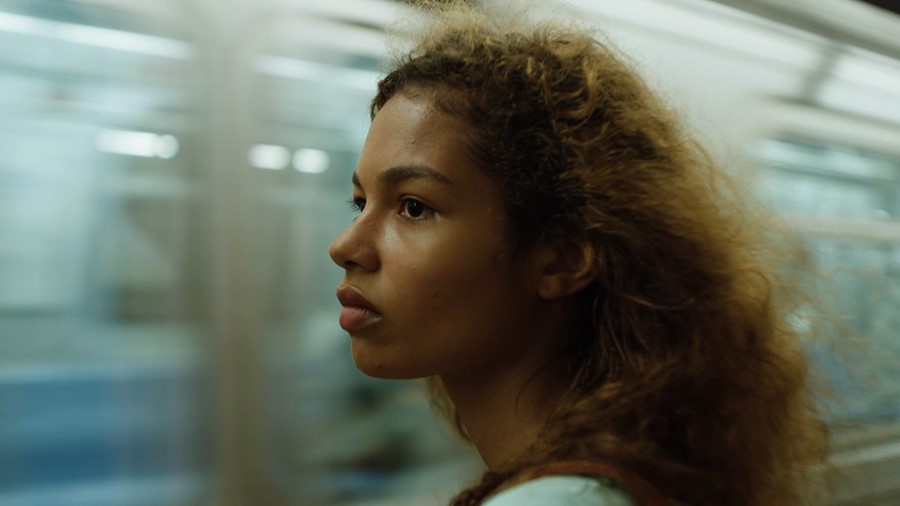Madeline’s Madeline is a bold and disturbing emotional thriller that poses questions about race, mental health and who gets to tell whose story
The opening scenes of Madeline’s Madeline, Josephine Decker’s third feature film, erupt in an abstract, textural riot. A nurse peers down at the audience, clouded by the halogen lights humming above her; fresh pancakes sit benignly in a pan on the stove, untouched; a girl holds a steaming hot iron dangerously close to her unsuspecting mother. Welcome to the mind of Madeline, the film’s 16-year-old protagonist.
Played by newcomer Helena Howard in an explosive, soul-seizing performance, Madeline is a biracial New York teenager who suffers from an unspecified mental illness. We learn that she’s recently done a stint in a psychiatric ward and she may well have stopped taking her meds. A talented actress, Madeline finds creative release through intensive workshops with a downtown theatre troupe. The troupe’s director is a soft-spoken white woman named Evangeline, a character Molly Parker imbues with a gentle command teetering on the knife-edge between nursery school teacher and charismatic cult leader. The cast spends hours improvising each other’s dreams and embodying animals (“You were a sea turtle. And then you were a woman playing a sea turtle,” criticises a displeased Evangeline of one lacklustre performance). Just don’t ask her what their collaborative production is actually about – it changes depending on her whims. Invested in pulling raw emotional performances from her actors, Evangeline’s improvisation sessions begin to revolve uncomfortably around Madeline and her fraught home life.
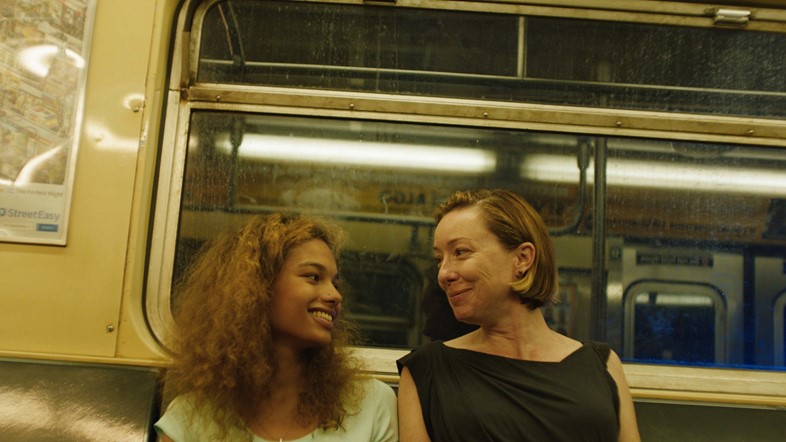
Trying to take care of her turbulent daughter is Regina (Miranda July) who looks on helplessly as the boundary between Madeline’s art and her day-to-day life begins to erode. “I think relationships between women are a central thing that I end up making a lot of work about,” Decker reflects. “A mother-daughter relationship is incredibly defining.” The indie filmmaker – who is rapidly making a name for herself as a new American auteur thanks to her unique, expressionistic style – went into the film curious to explore questions of nature versus nurture. We’re used to seeing movies look at the impact adults have on their offspring, but less common are stories that ask how children, in turn, shape their parents. While it’s clear that Regina deeply loves her daughter, Madeline’s volatility disturbs her, too. Scenes between the duo share a cosmic charge; the disconnect between them both achingly specific yet recognisable. “I grew a lot of empathy for parents of teenagers, but especially parents of teenagers with mental illness.”
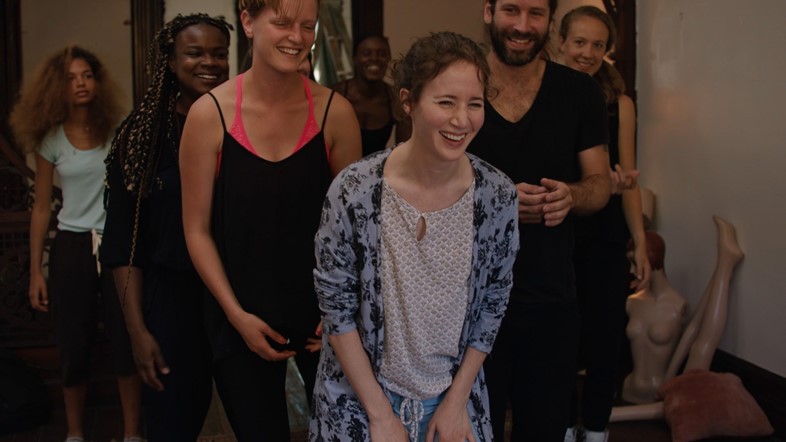
Similar to the way Evangeline’s theatre troupe develop their piece, Madeline’s Madeline was created collaboratively across a year of workshops. “I was always interested in trying to be self-aware, to make something that’s aware of its own problematic tendencies,” Decker says. “I was preoccupied with a lot of questions that come up in the film – about representation, appropriation and the blind spots I had around whiteness and privilege.” There is evident warmth in Decker’s description of her team’s process: “I just feel forever grateful I got to make this work in deep concert with other people, who taught me what it means to be human.”
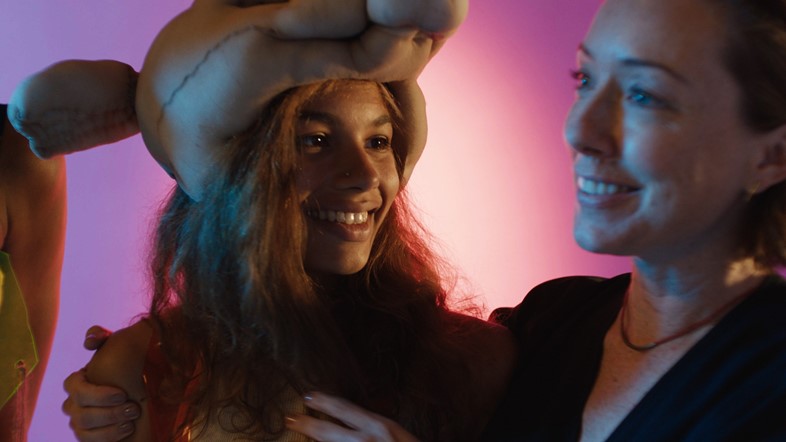
Throughout the film, the camera clings tightly to Madeline’s subjectivity, making for a viewing experience that’s tense, ecstatic and disorienting by turns – kind of like being a teenager. “I am definitely led by emotion,” Decker admits, “truthfully, the structure I go to first is usually image, music, poetry.” Decker worked closely with cinematographer Ashley Conner to develop a visceral visual grammar that gives an insight into Madeline’s psyche. Certain leitmotifs bubble to the surface; Madeline’s pet cat, Regina making breakfast, and a recurring nightmare Madeline has about scalding her mother with an iron. When it came to structuring the movie, Decker listened to Gershwin’s Rhapsody in Blue “about 40 times”, studying the repeated themes and noting how often they came up. “I wanted Madeline’s Madeline to have a musical structure that was deeper than its narrative one.”
This emphasis on rhythm, emotion and on the physicality of the performances results in a wildly colorful film that feels like it’s reinventing what cinema is capable of. The thrilling final scenes of Madeline’s Madeline are a fearless filmmaking coup, and it’s clear that Decker is grappling with her own role as storyteller. “The thing I try to do in my movies is start a conversation, not finish it. I want to open up a question to the audience in such a way that they write the film with me. The movie ends, but the conversation continues.”
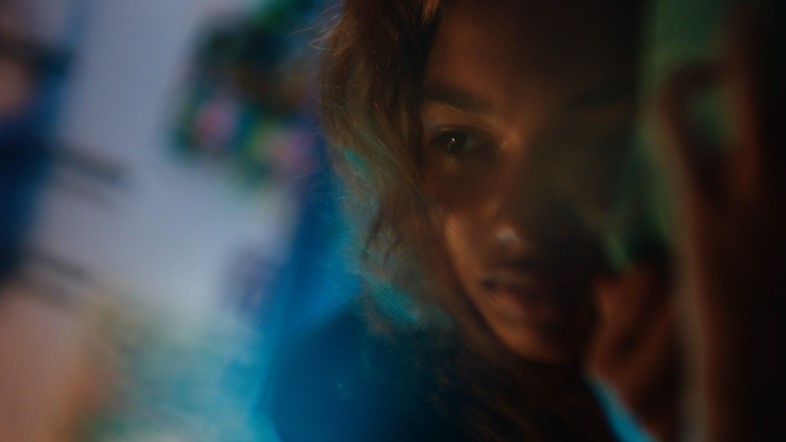
Madeline’s Madeline is showing in the US now.
